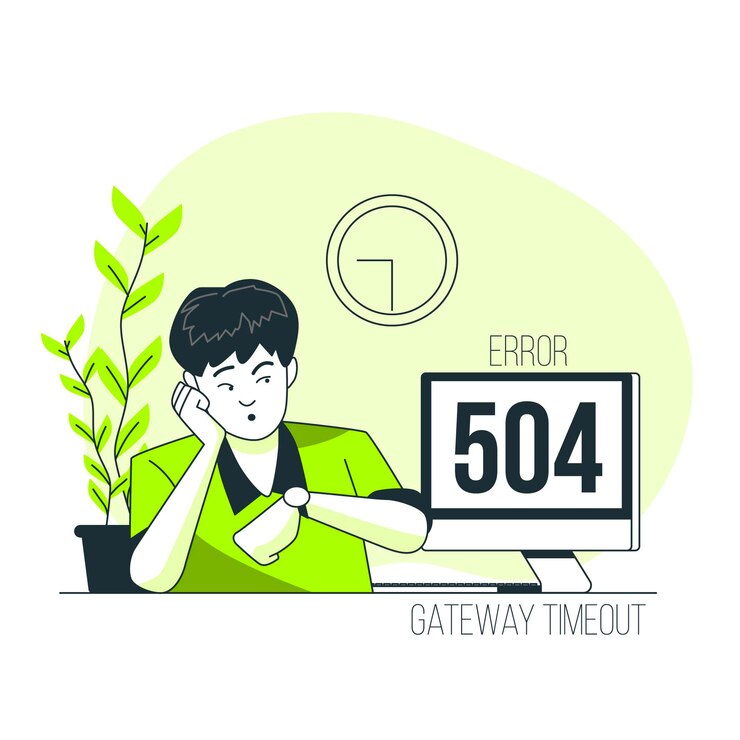In the digital realm, encountering errors while browsing websites is not uncommon. Among these, Error 503, commonly known as “Backend Fetch Failed,” is a frequent issue that website owners and users encounter. Understanding the nature of this error and how to address it is crucial for maintaining a seamless online experience.
What is Backend Fetch?
Error 503 occurs when a server is unable to handle a request due to temporary overloading or maintenance. In the context of web browsing, the “backend” refers to the server-side components of a website, including databases, applications, and other resources responsible for generating web content.
Common Causes of Error 503
Several factors can trigger Error 503, including:
Server Overload: When a server receives more requests than it can process simultaneously, it may become overwhelmed, leading to backend fetch failures.
Maintenance Activities: During server maintenance or updates, certain functionalities may be temporarily unavailable, resulting in Error 503 responses.
Network Issues: Connectivity problems between the client and server, such as DNS errors or network congestion, can also contribute to backend fetch failures.
Impact of Error 503 on Websites
Error 503 can have significant repercussions for websites and their users. From a user perspective, encountering this error disrupts the browsing experience and may lead to frustration or abandonment of the site. For website owners, Error 503 signals potential issues with server performance or configuration, which can tarnish reputation and affect business operations.
Troubleshooting Error 503
To resolve Error 503 and restore normal website functionality, several troubleshooting steps can be undertaken:
Checking Server Status
Monitoring the server’s status and performance metrics can provide insights into potential issues causing backend fetch failures. Tools such as server monitoring software or command-line utilities like top or htop can help identify resource bottlenecks or abnormal spikes in activity.
Examining Server Logs
Analyzing server logs can offer valuable clues about the root cause of Error 503. By reviewing error logs, access logs, and application logs, administrators can pinpoint specific requests or processes triggering the error and take appropriate corrective actions.
Analyzing Website Configuration
Configuration errors or misconfigurations in web servers, proxies, or content management systems (CMS) can contribute to Error 503 occurrences. Conducting a thorough review of the website’s configuration settings and ensuring compatibility with server requirements can help mitigate such issues.
Implementing Load Balancers
Load balancers distribute incoming web traffic across multiple servers, ensuring optimal resource utilization and reducing the risk of server overload. By implementing load balancing solutions, website owners can enhance scalability and fault tolerance, minimizing the likelihood of backend fetch failures.
Optimizing Server Resources

Proactive optimization of server resources, including CPU, memory, and disk space, is essential for maintaining optimal performance and preventing Error 503 incidents. Techniques such as caching, content compression, and resource pooling can help alleviate server strain and enhance responsiveness.
Conclusion
Error 503: Backend Fetch Failed is a common yet disruptive issue encountered in web browsing. By understanding its underlying causes and implementing proactive troubleshooting measures, website owners can mitigate the impact of this error and ensure a seamless online experience for users.
FAQs
What should I do if I encounter Error 503 while accessing a website?
First, try refreshing the page to see if the error resolves itself. If the issue persists, contact the website administrator or try accessing the site at a later time.
Can Error 503 be caused by client-side issues?
While Error 503 typically originates from server-side problems, certain client-side factors such as network connectivity issues or browser configurations can indirectly contribute to its occurrence.
Is Error 503 always indicative of server overload?
While server overload is a common cause of Error 503, other factors such as maintenance activities or configuration errors can also trigger this error response.
How can I differentiate between Error 503 and other server errors?
Error 503 specifically indicates backend fetch failures, whereas other server errors such as 500 Internal Server Error or 502 Bad Gateway have distinct causes and implications.
Are there any online tools or services to help diagnose Error 503 issues?
Yes, several online services offer website monitoring and diagnostic tools that can help identify and troubleshoot Error 503 and other server-related issues.
